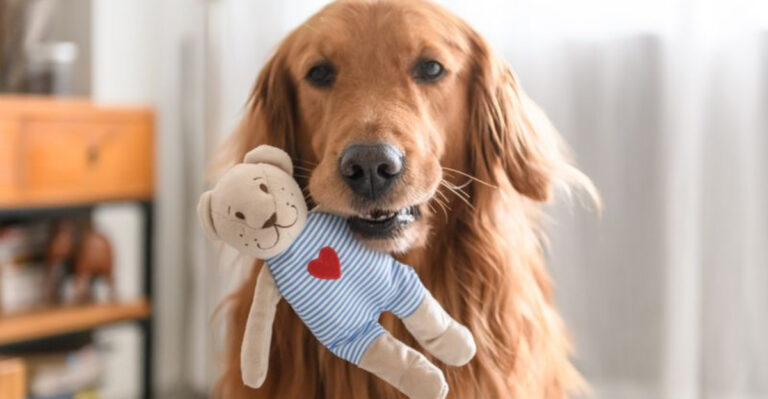12 Key Differences You’ll Notice Between Adult Cats And Kittens
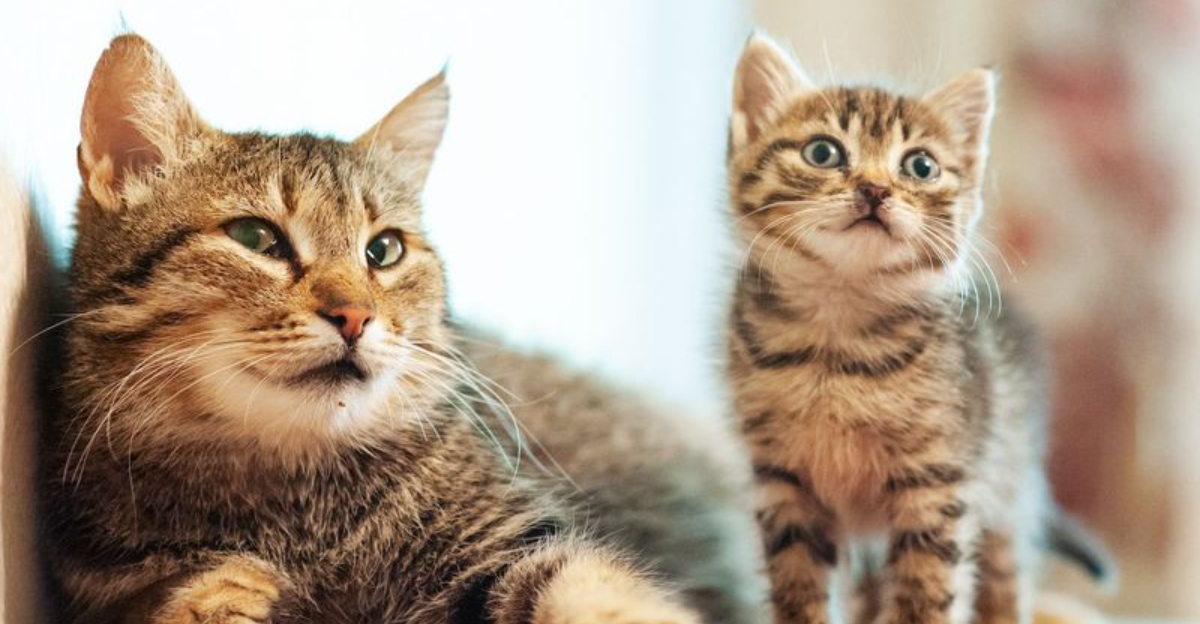
Cats transform dramatically as they journey from playful kittens to dignified adults. Whether you’re a first-time cat parent or considering adding a new feline friend to your home, understanding these age-related differences helps you provide better care.
The physical, behavioral, and health needs of kittens differ significantly from those of adult cats, creating unique joys and challenges at each life stage.
1. Energy Levels That Never Seem To End
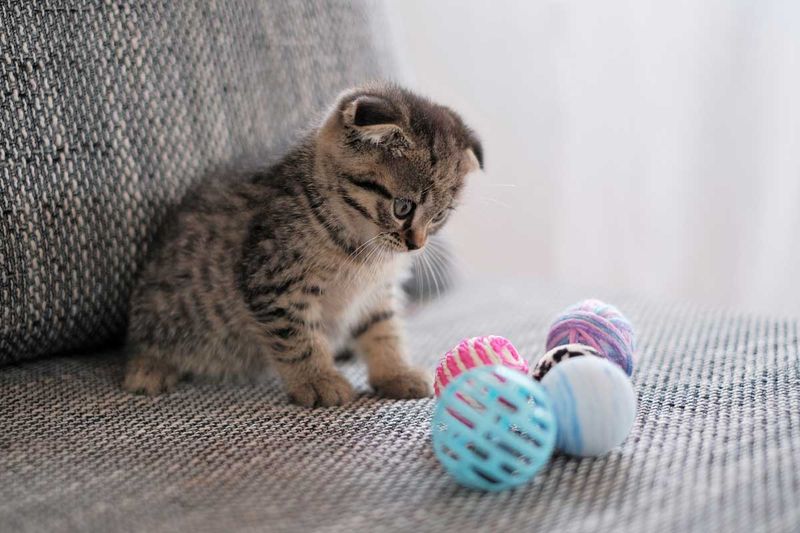
Kittens bounce off walls, pounce on shadows, and zoom around your home at 3 AM like tiny furry rockets. Their seemingly endless energy reserves can leave you wondering if they’re secretly powered by batteries!
Adult cats, by contrast, have mastered the art of energy conservation. They typically play in shorter bursts, preferring lengthy napping sessions in sunbeams or cozy corners. Most adult cats sleep 12-16 hours daily, while kittens might crash suddenly after intense play sessions.
This energy difference means kittens need more interactive playtime and toys to burn off steam, while adult cats appreciate quality over quantity in their play sessions.
2. Size And Physical Development
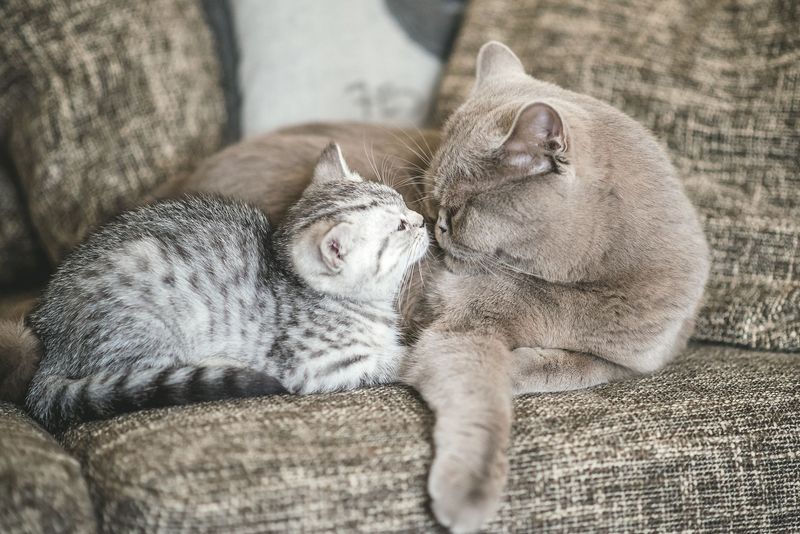
Kittens arrive as tiny bundles weighing just 3-4 ounces at birth. Their growth happens at lightning speed – doubling their weight in the first week alone! Those little legs wobble when they first start exploring, and their bodies appear disproportionate with bigger heads and shorter limbs.
Adult cats display their full-grown glory, typically reaching between 9-11 pounds for females and 11-15 pounds for males (though this varies by breed). Their proportions become balanced and elegant, with strong muscles and defined features.
The dramatic physical transformation completes around 12 months, though some larger breeds may continue filling out until age two.
3. Food Requirements And Eating Habits
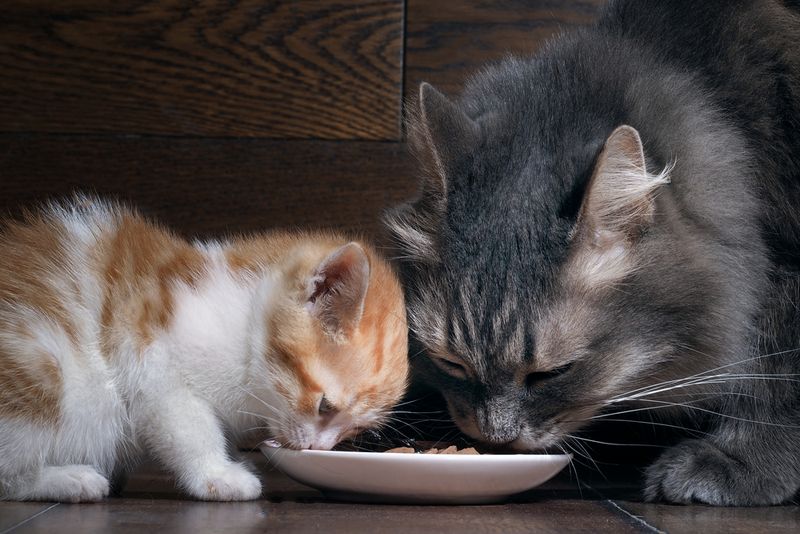
Growing kittens devour food like tiny vacuum cleaners! Their developing bodies demand specially formulated kitten food packed with extra protein, fat, and calories. Most kittens need feeding 3-4 times daily to fuel their rapid growth and boundless energy.
Adult cats settle into more moderate eating patterns, usually requiring just two meals daily. Their metabolisms slow down, and their nutritional needs shift toward maintenance rather than growth. Weight management becomes more important as adults, since their activity levels naturally decrease.
The transition between kitten and adult food should happen gradually around 12 months of age – earlier for larger breeds, later for smaller ones.
4. Bathroom Behaviors And Litter Training
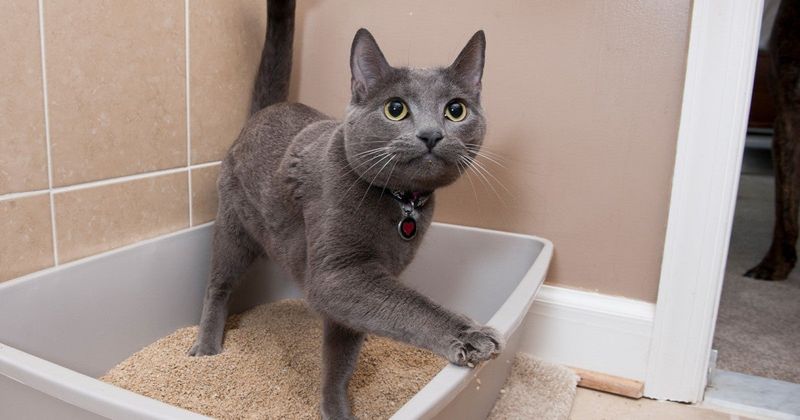
Kittens approach the litter box like toddlers learning potty training – with enthusiasm but questionable aim! Little ones may dig excessively, kick litter everywhere, or occasionally miss the box entirely. Their developing coordination sometimes leads to adorable (but messy) bathroom adventures.
Adult cats execute litter box visits with precision and dignity. Years of practice make them experts at covering their business efficiently. Most adults develop consistent bathroom routines, visiting their boxes at predictable times.
While kittens might need shallow litter boxes with lower sides for easy access, adult cats prefer deeper litter and more privacy for their bathroom business – showing how their preferences evolve with age.
5. Sleep Patterns Throughout The Day
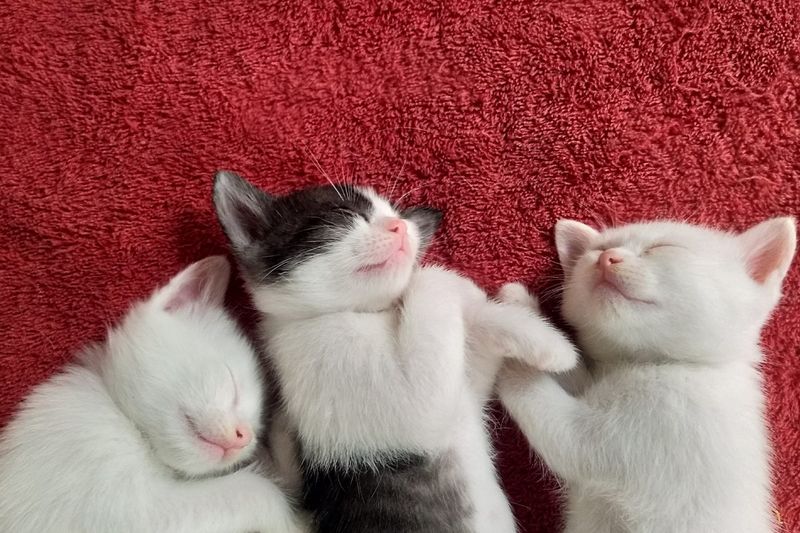
Kittens crash into sleep like someone suddenly unplugged them – one minute zooming around, the next completely unconscious in sometimes hilarious positions! Their sleep cycles feature more REM sleep (when you’ll notice those adorable twitching whiskers and paws as they dream).
Adult cats perfect the art of strategic napping, choosing the sunniest spots or coziest blankets for their 12-16 daily sleep hours. They become more set in their sleeping schedule, often matching their most active periods to dawn and dusk – their natural hunting times.
The difference reflects their developmental stages: kittens need more sleep for growth but struggle to settle down, while adults sleep deeply but remain alert to their surroundings.
6. Grooming Skills And Cleanliness
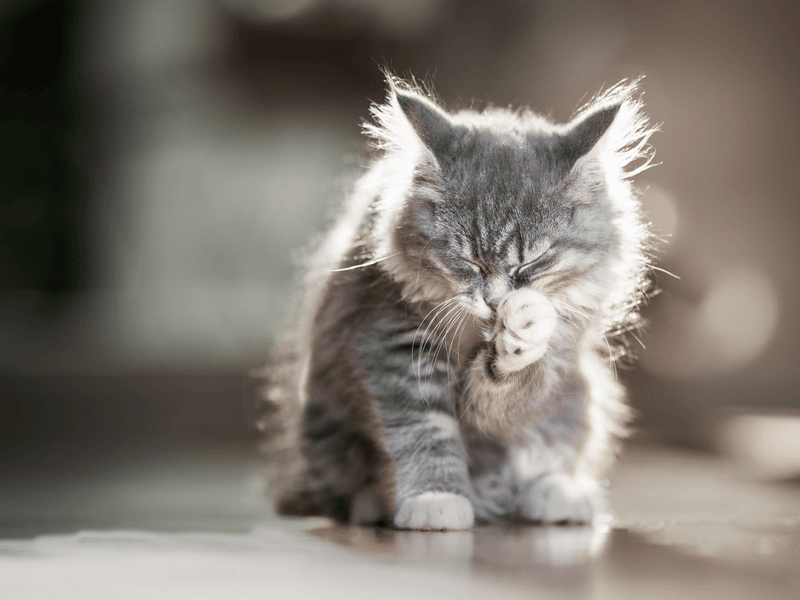
Watching a kitten attempt grooming is like seeing a child try to brush their hair – endearing but not particularly effective! Young kittens struggle with coordination, often licking randomly or falling over mid-bath. Their grooming sessions tend to be brief before they’re distracted by the next exciting thing.
Adult cats transform into meticulous self-cleaners, spending up to 50% of their waking hours grooming. They follow efficient cleaning routines, reaching difficult spots with impressive flexibility. An adult’s coat typically looks sleeker and better maintained as a result.
This difference means kitten owners often need to help with brushing and occasional bath time, while adults usually handle their hygiene independently.
7. Social Behaviors With Humans And Other Pets
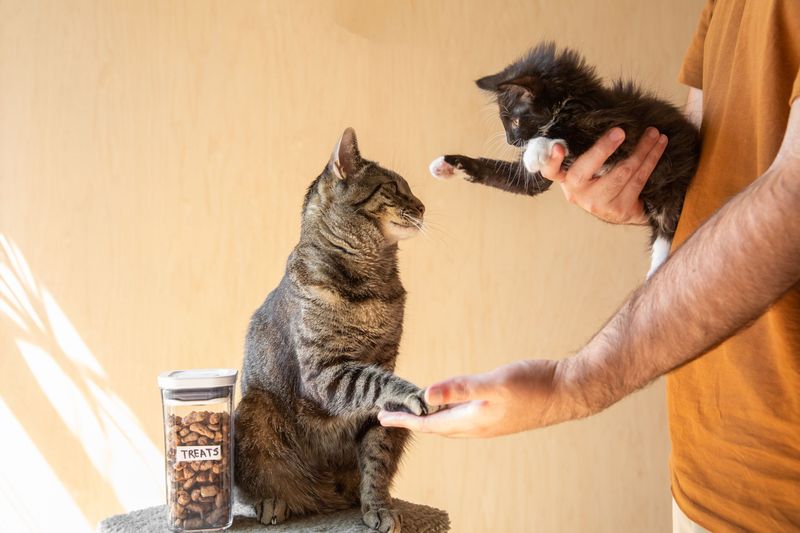
Kittens approach new friendships with fearless curiosity! They’ll befriend other pets more easily and adapt quickly to household routines. Their social learning window stays wide open until about 12 weeks, making early positive experiences crucial for their development.
Adult cats have more established social preferences and boundaries. Some become more selective about their human friends or less tolerant of other animals. Their personalities solidify, showing whether they’re naturally outgoing or prefer quieter interactions.
The transformation explains why integrating adult cats into homes with existing pets takes more patience than with kittens. Adults need gradual introductions, while kittens often dive headfirst into new relationships with enthusiastic abandon.
8. Hunting And Prey Drive Differences
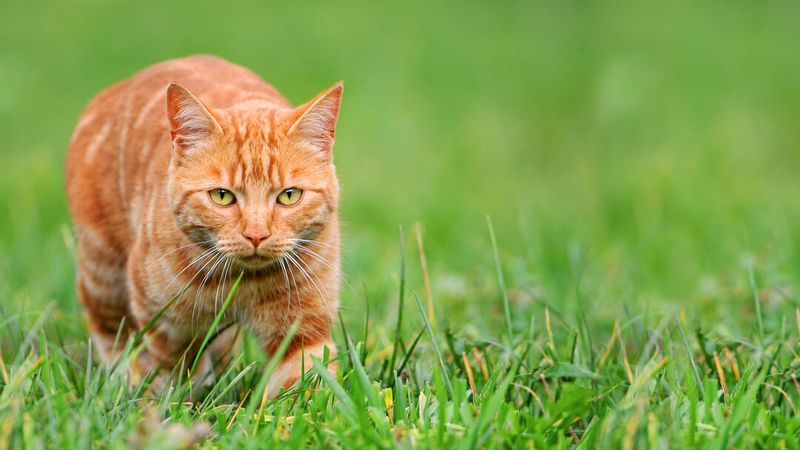
Kittens practice hunting with adorably clumsy pounces and stalking attempts that rarely fool anyone. Their coordination hasn’t caught up with their instincts yet! They’ll attack anything that moves – your feet under blankets, dust particles in sunbeams, or their own tails.
Adult cats develop refined hunting techniques worthy of nature documentaries. Their movements become calculated, patient, and precisely timed. Many adults perfect the art of the surprise attack, moving with silent precision that would impress professional ninjas.
This evolution reflects natural development – kittens learn through play-hunting, while adults hone these skills to perfection. Even well-fed house cats retain these instincts, showing how deeply hunting behaviors are wired into feline DNA.
9. Vocal Communication Styles
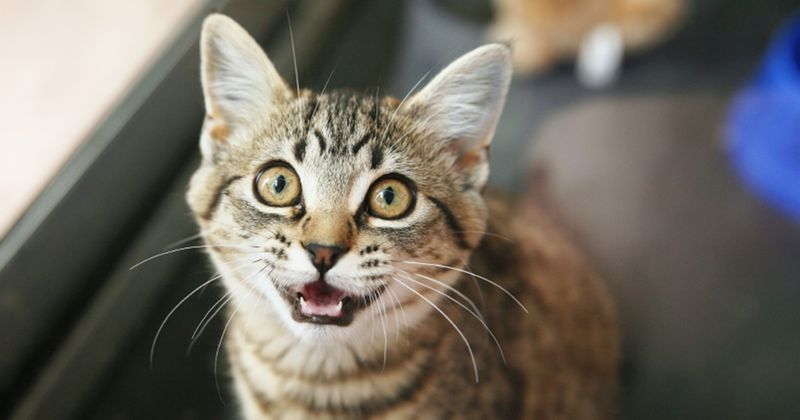
Kittens announce their every need with surprisingly loud, high-pitched meows and chirps! Their vocal range includes adorable squeaks when excited and insistent cries when hungry. Many kittens meow constantly while exploring, almost narrating their adventures around your home.
Adult cats develop more selective communication, often reserving vocals for specific needs. They typically meow more to humans than to other cats, having learned which sounds get the fastest response from their people. Many adults develop a unique “language” with their owners.
The shift happens gradually as kittens learn which vocalizations work best in different situations – proving cats are excellent at training their humans to respond to their specific communication style!
10. Teeth And Dental Development

Kittens start life toothless before their needle-sharp deciduous (baby) teeth erupt around 2-4 weeks of age. These tiny dental daggers feel like miniature razors during play – earning kittens the nickname “land sharks” among experienced cat owners! The teething process often causes increased chewing behaviors on toys, furniture, and unfortunately, your fingers.
Adult cats sport a full set of 30 permanent teeth by 6-7 months. These larger, stronger teeth are designed for their natural diet of small prey. The canines become more pronounced, and molars develop complex ridges for efficient chewing.
This dental transformation explains why kittens and adults need different dental care approaches and why teething kittens seem determined to bite everything in sight!
11. Health Vulnerabilities And Immune Systems
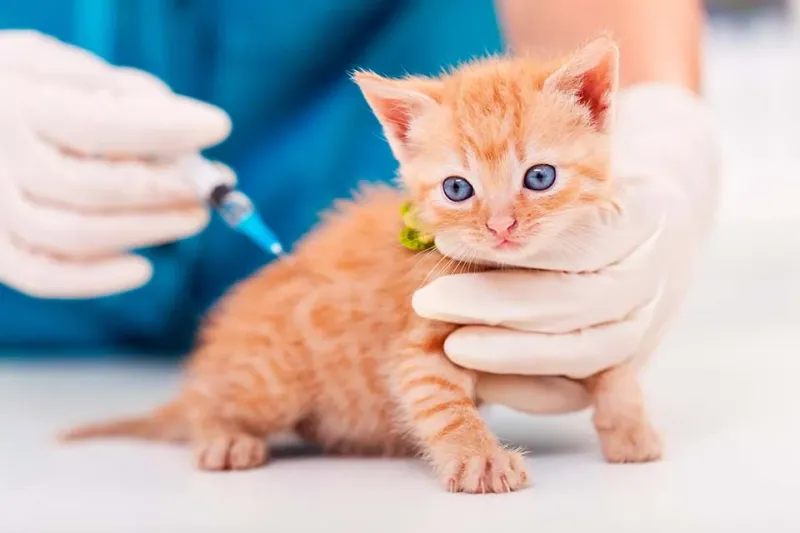
Kittens face greater health risks with their developing immune systems still learning to fight off threats. Their tiny bodies have fewer reserves to battle illness, making seemingly minor problems potentially serious. Regular deworming and a carefully timed vaccination schedule help protect them during this vulnerable stage.
Adult cats generally develop robust immune defenses after completing their vaccination series. Their mature systems can better handle environmental challenges and minor infections. Health concerns shift toward preventative care like dental cleanings and weight management.
The difference highlights why kittens need more frequent vet visits (every 3-4 weeks until 16 weeks old) compared to healthy adults who typically require just annual checkups after their immune systems fully develop.
12. Training Receptiveness And Learning
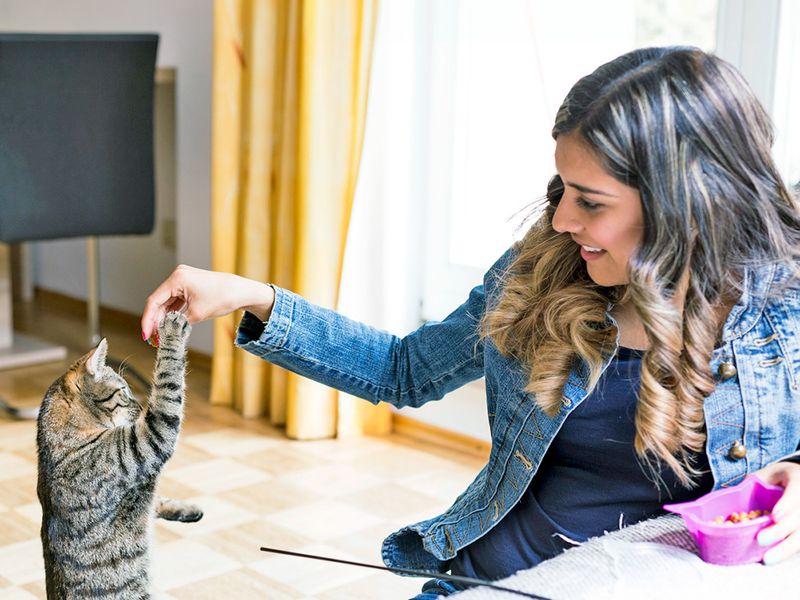
Kittens absorb new information like little feline sponges! Their developing brains form neural connections rapidly, making early training incredibly effective. Teaching litter box habits, accepting handling, and basic commands works best during their first 12 weeks when their brains are most plastic.
Adult cats can absolutely learn new tricks, but they require more patience and consistency. Their established habits and preferences mean training often involves first “unlearning” existing behaviors. Many adults become more set in their ways, needing stronger motivation to change routines.
The contrast explains why early socialization matters so much – behaviors learned as kittens tend to stick for life, while changing adult behaviors requires understanding their individual motivation and building on existing patterns.



